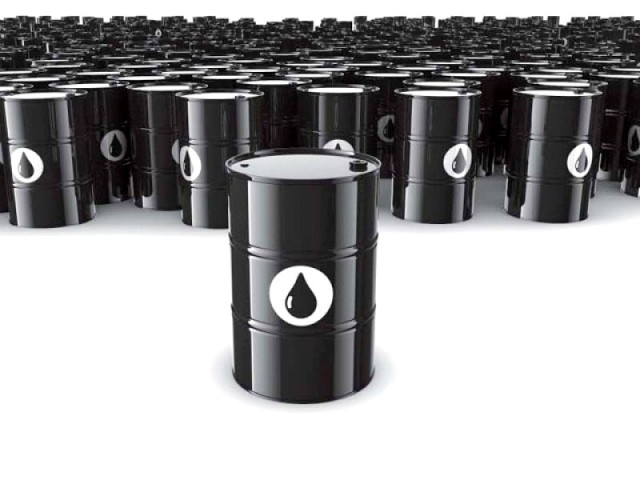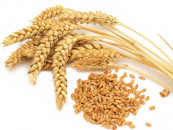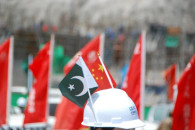Barrel along: After a decade, Pakistan resumes crude oil export
Petroleum crude coming from different fields in Sindh and Khyber-Pakhtunkhwa.

Pakistan has resumed export of crude oil after a gap of 10 years as output touched an all-time high of 98,000 barrels per day (bpd) in June 2014, an increase of 22% over the previous year, officials said.
Around 70,518 tons of ultra-light crude oil – known as condensate – has been exported in the last two months, according to the Pakistan Bureau of Statistics (PBS). The export value is stated at $60.7 million (Rs5.9 billion).
“At least one ship of 32,000-ton capacity is leaving the port every month,” said an industry official. “We expect exports to rise because the output of condensate has gradually increased over the years.”

The petroleum crude is coming from different fields in Sindh and Khyber-Pakhtunkhwa. Three multinational firms, United Energy Pakistan, which took over the assets of BP in the country, OMV and MOL are mostly involved in the exports.
Pakistan State Oil (PSO) has allocated two 55,000 capacity tanks to two of the multinational companies for storing condensate before the shipments are made, said an official.
“These companies want to sign three-year contracts with PSO for using the tanks, indicating their long-term intention to keep the exports going.”
Export of crude started after the discovery of the Badin Gas field along with the by-produce condensate in the 1990s. The refineries initially didn’t have the capability to process the condensate but when Attock and Pak Arab refineries started consuming most of the domestic supply, government restricted exports in 2004.
The average oil production in Pakistan jumped 13% to 86,000 bpd in fiscal year 2013-14 compared to the previous year. The oil output even reached an all-time high of 98,000 bpd by the end of June 2014.
Around 60,000-65,000 bpd of oil is consumed by local refineries, leaving a surplus of 24,000-25,000 bpd for export, said the officials.
A major chunk of the increase in oil output came from the Tal block, which saw average oil production rise 63% to 17,000 bpd. The block contributes 20% of the total oil produced in Pakistan.

Industry officials believe that Pakistan’s crude oil output is expected to increase to 130,000 bpd in a year or two, a sharp rise from the stagnant 66,000 bpd seen previously.
While there remains uncertainty over the exact size of oil reserves in the absence of any broad geological survey, Pakistan has estimated recoverable reserves at 27 million barrels.
The petroleum industry generally believes Pakistan’s geology is gas-prone rather than having any substantial oil potential.
Increase in oil output is coming in shape of condensate and other light crudes, which are hard to process in local hydro-skimming refineries, officials say.
Local light crude also gives a better yield of petroleum products as Attock Refinery, which relies on domestic supply, produces 20-22% of furnace oil against other refineries that have a furnace oil composition of 30-35%.
Published in The Express Tribune, August 24th, 2014.
Like Business on Facebook, follow @TribuneBiz on Twitter to stay informed and join in the conversation.

















COMMENTS
Comments are moderated and generally will be posted if they are on-topic and not abusive.
For more information, please see our Comments FAQ